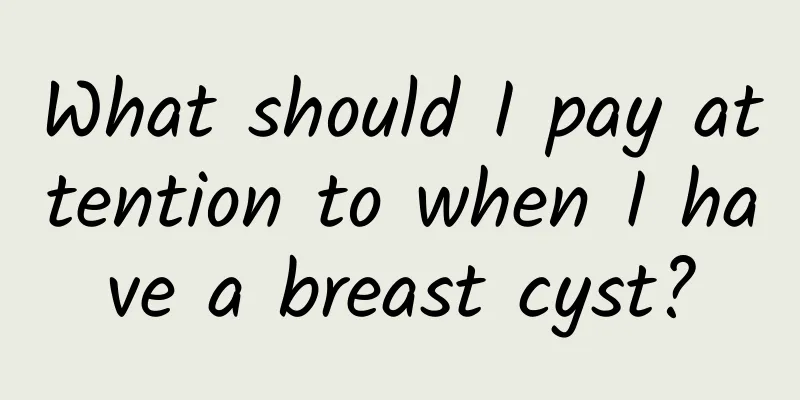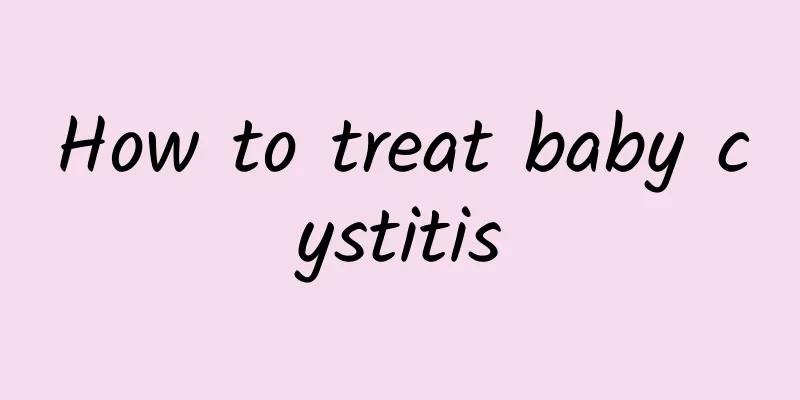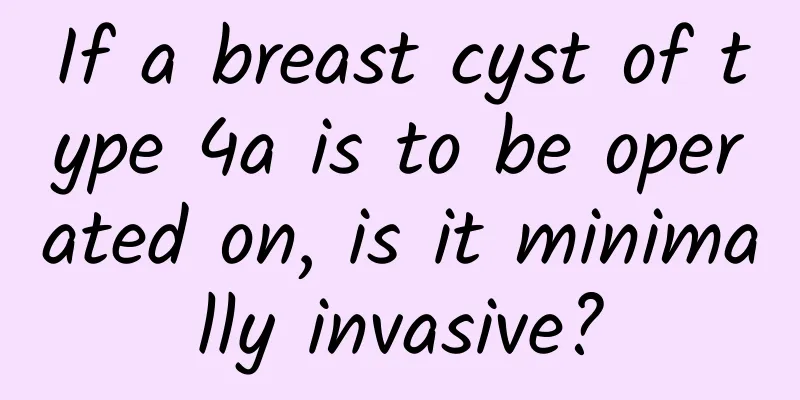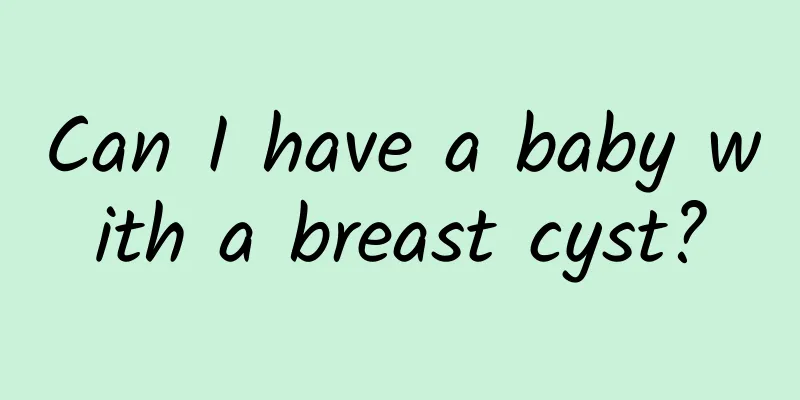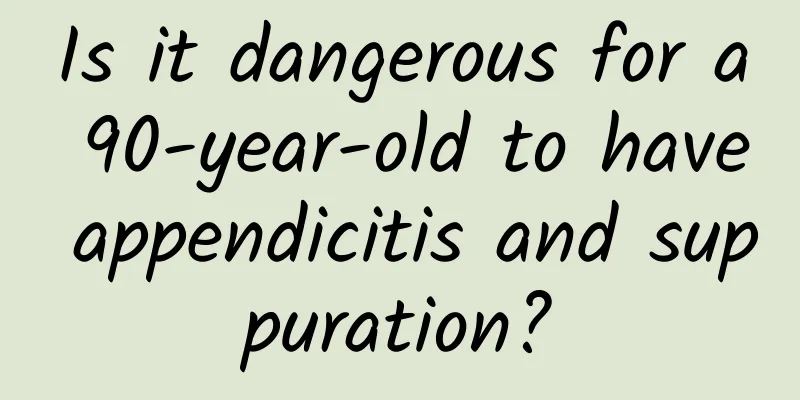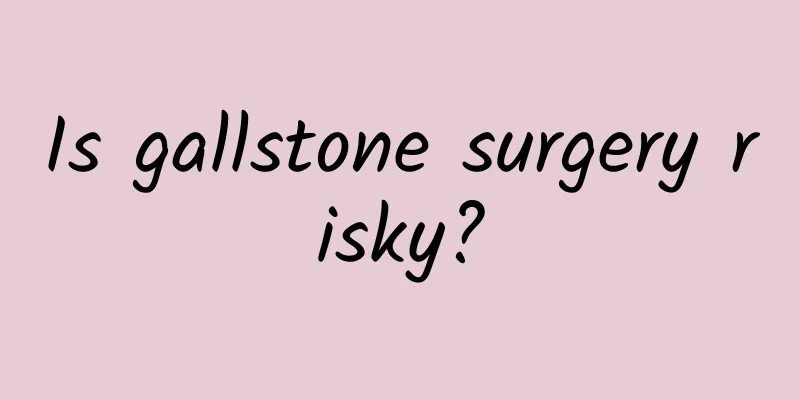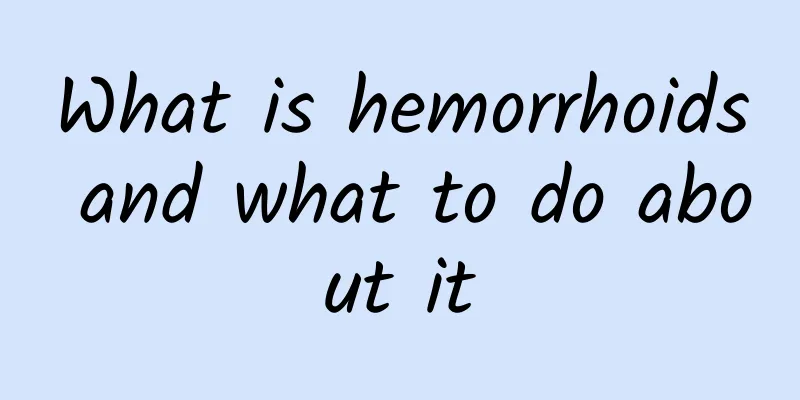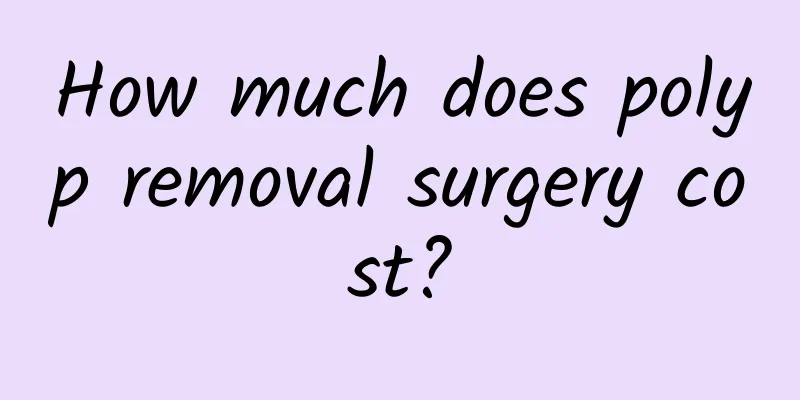How to treat cervical ligamentum flavum thickening and spinal canal stenosis?
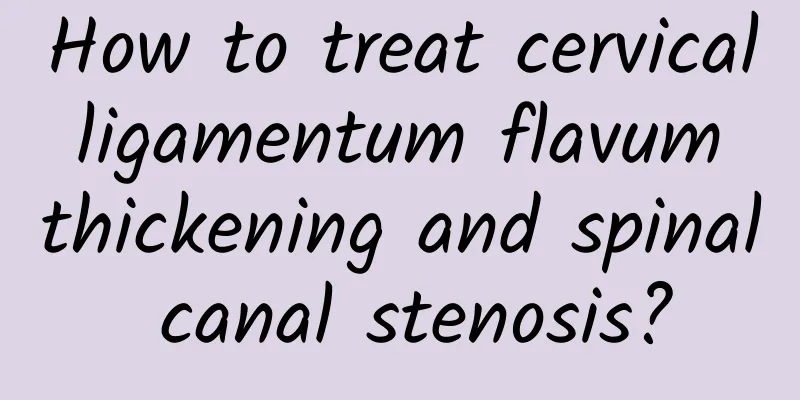
|
Treatment for spinal stenosis caused by thickening of the ligamentum flavum in the cervical spine needs to be determined according to the severity of the disease. Conservative treatment, drug intervention, surgical treatment and other methods can be used to relieve symptoms or cure the cause. Conservative treatment is the first choice for mild patients, including drugs, physical therapy and lifestyle adjustments; severe patients need surgery to restore the spinal canal. Early treatment is crucial to prevent nerve damage. 1 Cause analysis and condition assessment The thickening of the ligamentum flavum of the cervical spine leads to spinal stenosis, which is mainly caused by a variety of factors. Long-term poor posture or spinal degenerative diseases can cause chronic stimulation to the ligamentum flavum, which then thickens and squeezes the spinal cord, causing spinal stenosis. Mild cases may manifest as stiff neck and slight pain; severe cases may cause symptoms of nerve compression such as paralysis of the limbs, weakness, and even incontinence. Clarifying the condition is the key to treatment. Imaging examinations such as X-rays, CT or MRI can accurately assess the degree of spinal stenosis. 2 Conservative treatment methods For patients with mild symptoms, the condition can be improved through conservative methods. Drug treatment: Commonly used drugs include nonsteroidal anti-inflammatory drugs such as ibuprofen to relieve pain and inflammation; muscle relaxants such as baclofen can be used to relieve neck muscle tension when necessary. Physical therapy: such as traction therapy, acupuncture, massage, etc. can help relieve neck pressure, promote local blood circulation, and alleviate symptoms. Adjustment of lifestyle and exercise: Reduce long-term bowing of the head, sitting for long periods of time and other actions, and insist on doing cervical rehabilitation exercises such as cat stretches and tilting the head and neck back, which will help improve cervical pressure. 3 Surgical treatment If spinal stenosis causes significant nerve compression and conservative treatment is ineffective, surgical intervention may be necessary to relieve spinal cord compression. The following are common surgical procedures: Decompression surgery: Removal of the thickened ligamentum flavum or part of the lamina to expand the spinal canal, such as laminectomy and small-scale decompression. Cervical fusion: If spinal stenosis is accompanied by bony displacement, correction can be performed through screw-rod fixation and interbody fusion to stabilize the cervical spine structure. Microsurgery: For patients with severe nerve damage, delicate decompression operations are performed under a microscope to reduce postoperative complications. 4 Postoperative rehabilitation and recurrence prevention measures Regardless of the treatment method chosen, it is important to focus on postoperative rehabilitation and prevention. After surgery, patients can wear a cervical collar for fixation and combine it with special rehabilitation training to restore the cervical spine's mobility. Avoid pathogenic factors such as long-term bowing of the head and poor sleeping posture to fundamentally reduce the risk of recurrence. Seeking medical attention as soon as possible and getting a timely diagnosis are important steps in treating cervical ligamentum flavum thickening and spinal stenosis. Appropriate treatment can greatly improve the quality of life. If you experience persistent neck pain or limb numbness, you should seek medical attention in a timely manner. A personalized treatment plan can relieve symptoms and prevent the condition from getting worse. |
<<: Minimally invasive treatment of traumatic arthritis
>>: What causes hydrocephalus in the fetus during mid-pregnancy?
Recommend
What medicine should I take for perianal abscess?
Perianal abscess is an infectious disease that ne...
How long should I rest after breast cyst removal surgery?
It is usually necessary to rest for 1 to 2 weeks ...
Will breast cysts go away due to breastfeeding?
Breast cysts usually do not disappear completely ...
What foods should not be eaten for lumbar disc herniation
With the accelerated pace of life and the increas...
Is there a problem with a breast cyst?
Breast cysts are usually benign and not a cause f...
The most effective way to prevent gallstones
Effective prevention methods for gallstones inclu...
Diagnosis and treatment of cervical spondylosis
Tell the patient to rest in bed and fix the cervi...
Does pearl herpes need to be treated?
Pearl herpes is not a real disease, but a common ...
What are the causes of Heel tenosynovitis?
Heel tenosynovitis is more common in daily life. ...
Symptoms of gallstones in the elderly
Typical symptoms of gallstones in the elderly inc...
How to treat breast cysts to make them disappear
Breast cysts are a problem that many women may fa...
What is glass man disease?
The term "glass man" sounds like it des...
How long is the risk period for aneurysm craniotomy?
In life, some people inevitably get sick for vari...
What causes hepatic hemangioma in men?
Hepatic hemangioma is a common benign liver tumor...
Taoist method of treating breast hyperplasia
Taoist methods of treating breast hyperplasia inc...

